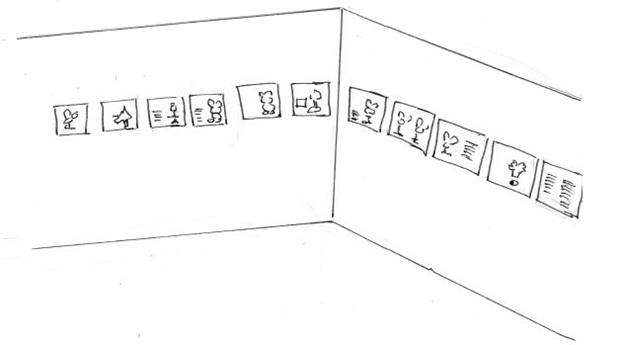ATD Blog
Image Parade
Mon Nov 26 2012



Students of film may be familiar with the classic 1920s Kuleshov experiment where audiences viewed Russian star Moszhukin reacting to a bowl of soup, a child in a coffin, and finally, to a beautiful and tempting seductress. The audiences raved about his ability to show hunger, then sorrow, and finally, smoldering lust. They didn’t realize that they were viewing the same close-up of Moszhukin in each instance. There was no difference in his acting; the difference was only in the clip that preceded it.
What does that mean for designers of training materials?
We need to pay attention to our parade of images. In video, film, e-learning, and even print, viewers make temporal connections between the shots. Humans are hardwired to “fill in the narrative.”
Neurological and cognitive psychological research suggests that such hard-wiring—where our neocortex and the thalamus interact to make predictions—is designed to aid our survival by alerting us to possible consequences based on what we see “now.” So we make causal connections between images viewed one after another.
For example, in the two-slide sequence above, we subconsciously think the smiling customer service representative is reacting to the newlywed’s joy.
But what about the two-slide sequence below?
Now the same customer service representative is a little jarring. She appears disconnected, oblivious, slightly callous, perhaps even undercutting the very instructional point we are trying to make.
Most of us would intuitively avoid selecting such an image of a smiling customer representative to follow one of a funeral. But sometimes, when we are in the thick of struggling to find good images to reinforce our instructional points, we have a bit of tunnel vision. When we are concentrating on getting a good graphic and arranging the individual page or slide, it’s easy to forget temporal sequence or continuity between images, but here are some techniques that can help.
Train yourself to think about your e-learning similar to how we think about film, sequenced over time.
Use storyboarding techniques that help you see the continuity between slides or clips.
If you storyboard in PowerPoint, use the “Sort” feature to view your slides in a horizontal sequence, similar to the timeline in video editing tools.
Create your own storyline by pinning printouts of your individual rough slides or pages to a wall. By making a “shot wall,” you can literally step back to review for overall continuity.

Rely on other technical tools that force you to visualize story flow. Many of the newer tools—Captivate, Articulate, Camtasia, and even the old Authorware Designer—do this by employing a “timeline” interface.
As Jan White urges us, the only “piece that exists by itself is the single-page envelope stuffer. Stop thinking in single page terms.”
You've Reached ATD Member-only Content
Become an ATD member to continue
Already a member?Sign In
